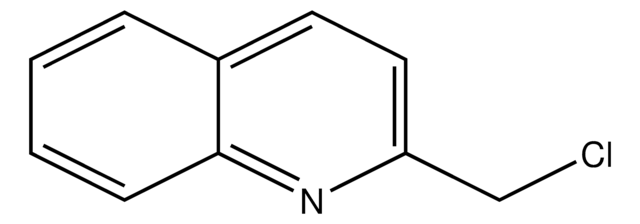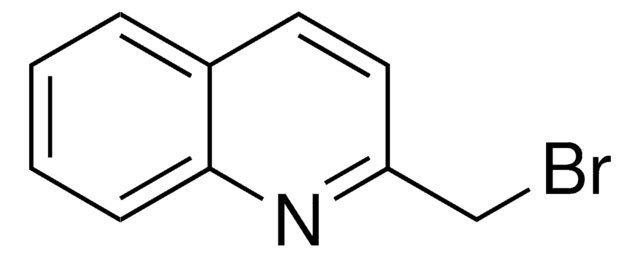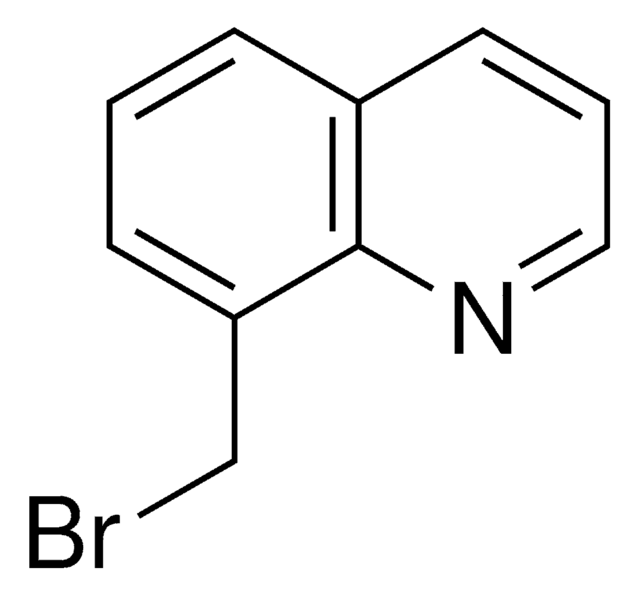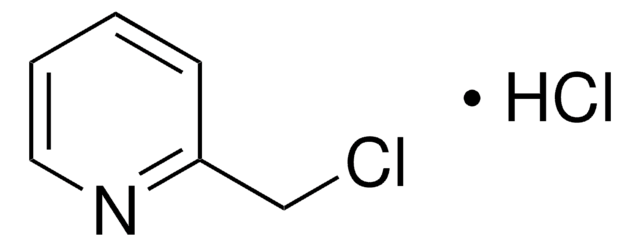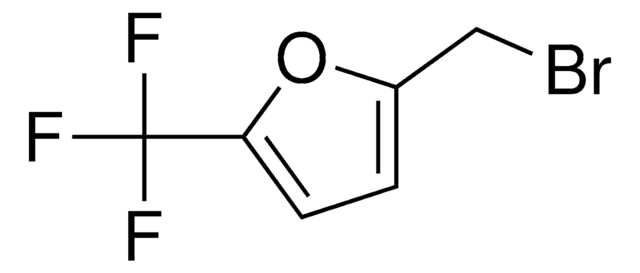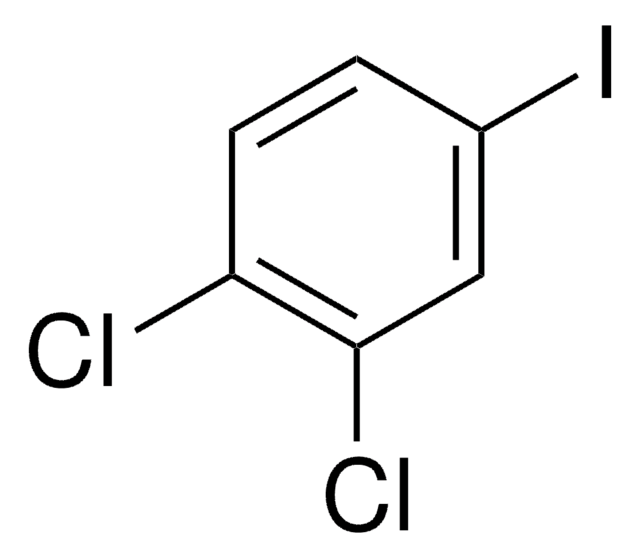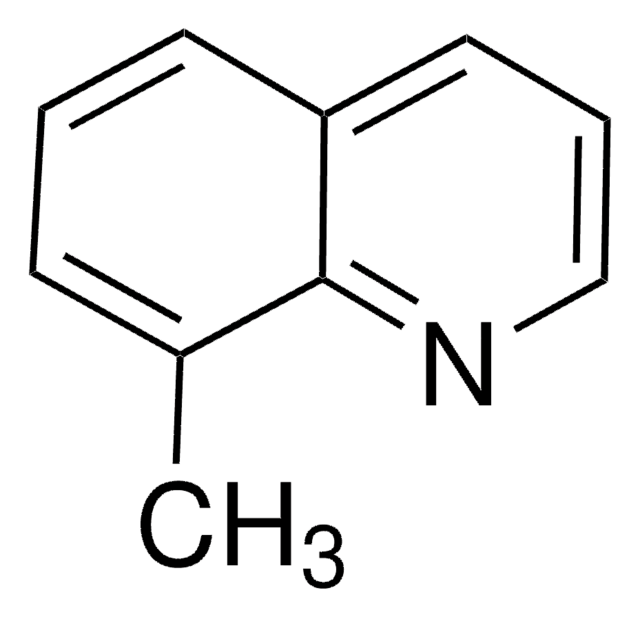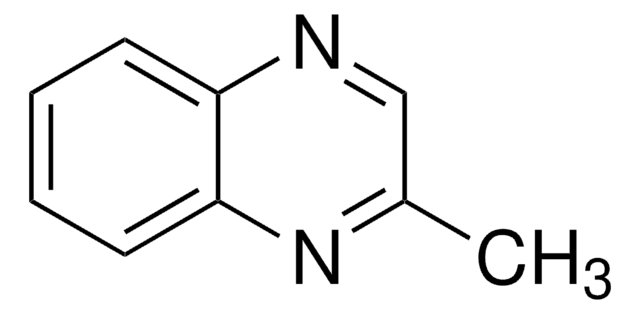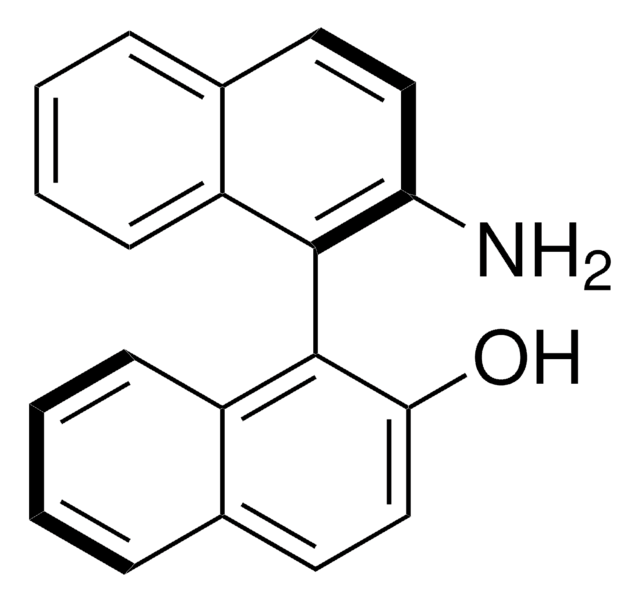All Photos(2)
Synonym(s):
α-Chloroquinaldine hydrochloride
Empirical Formula (Hill Notation):
C10H8ClN · HCl
CAS Number:
Molecular Weight:
214.09
Beilstein:
3565832
EC Number:
MDL number:
UNSPSC Code:
12352100
PubChem Substance ID:
NACRES:
NA.22
Recommended Products
Assay
97%
form
powder
mp
183-187 °C (lit.)
SMILES string
Cl[H].ClCc1ccc2ccccc2n1
InChI
1S/C10H8ClN.ClH/c11-7-9-6-5-8-3-1-2-4-10(8)12-9;/h1-6H,7H2;1H
InChI key
WDETYCRYUBGKCE-UHFFFAOYSA-N
Looking for similar products? Visit Product Comparison Guide
Signal Word
Danger
Hazard Statements
Precautionary Statements
Hazard Classifications
Acute Tox. 4 Oral - Eye Dam. 1 - Skin Irrit. 2 - Skin Sens. 1
WGK
WGK 3
Personal Protective Equipment
dust mask type N95 (US), Eyeshields, Gloves
Regulatory Information
新产品
Certificates of Analysis (COA)
Search for Certificates of Analysis (COA) by entering the products Lot/Batch Number. Lot and Batch Numbers can be found on a product’s label following the words ‘Lot’ or ‘Batch’.
Already Own This Product?
Find documentation for the products that you have recently purchased in the Document Library.
Sanghamitra Sinha et al.
Dalton transactions (Cambridge, England : 2003), 47(19), 6819-6830 (2018-05-05)
A quinoline-based C3-symmetric fluorescent probe (1), N,N',N''-((2,4,6-trimethylbenzene-1,3,5-triyl)tris(methylene))tris(1-(quinolin-2-yl)-N-(quinolin-2-ylmethyl)methanamine), has been developed which can selectively detect Zn2+ without the interference of Cd2+via significant enhancement in emission intensity (fluorescence "turn-ON") associated with distinct fluorescence colour changes and very low detection limits (35.60 ×
Albany Reséndiz-Mora et al.
Biochemical and biophysical research communications, 509(1), 275-280 (2018-12-26)
Non-bilayer phospholipid arrangements (NPA) are lipid associations different from the bilayer, formed by the interactions of conic anionic lipids and divalent cations that produce an inverted micelle which is inserted between the lipid layers, so the polar heads of the
Our team of scientists has experience in all areas of research including Life Science, Material Science, Chemical Synthesis, Chromatography, Analytical and many others.
Contact Technical Service